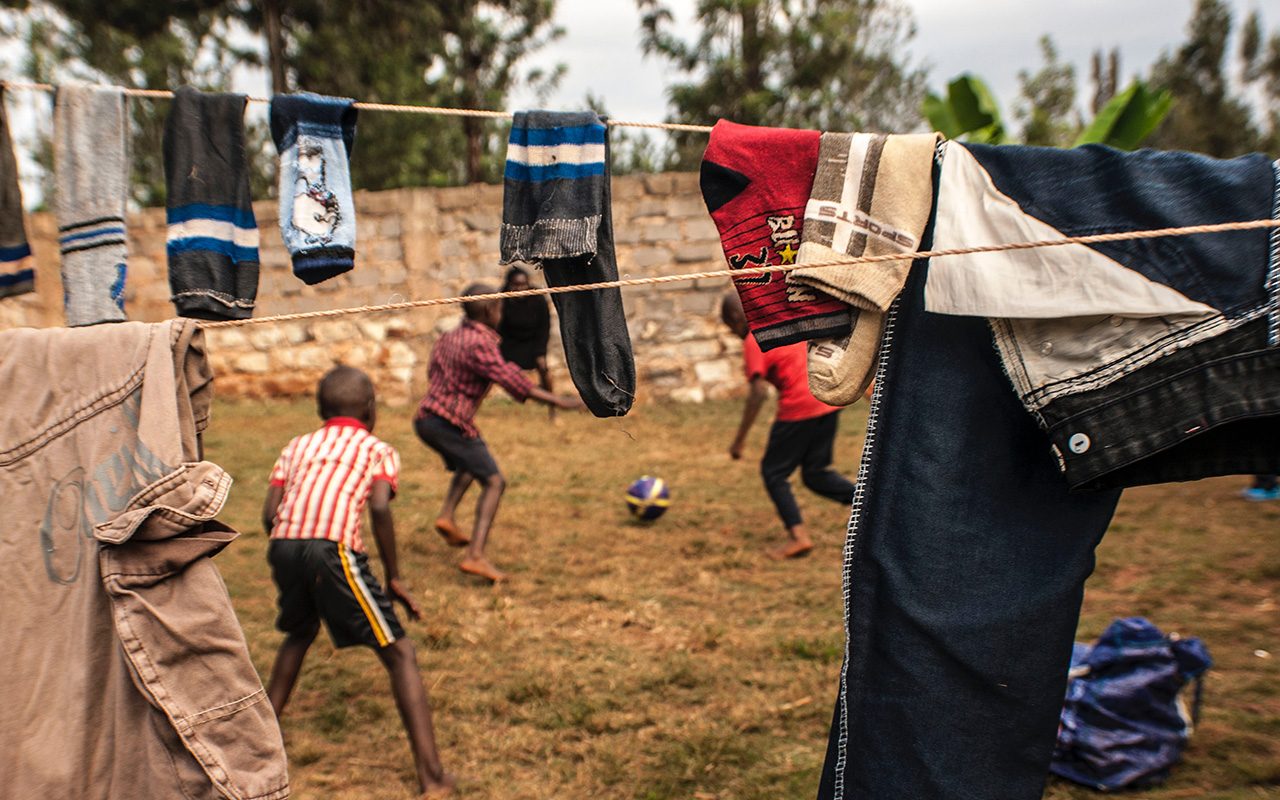According to the Population Commission, the Philippines’ population is expected to reach a staggering number of 105.75 million people by the end of 2017. These numbers hail from the country’s estimated growth rate of 2 million per year. And for a little archipelago, these numbers are alarming, especially with the blatant lack of developments in science and technology. In all honesty, the numbers are increasing too quickly that it’s hard to keep up in promising even the most basic of rights, adequate healthcare and education. Noticeably, this with the most children come from the poorest sectors of society.
So, if some of our leaders still prefer the ignorance of conservatism, here are a few countries who have realized the need for population control and addressed it successfully.
1. South Korea

Following the Korean war in the 1950s, the government at the time started a nationwide family planning campaign to address the rapid birth rate (an average of six children per woman). The campaign was simple and straightforward: It utilized a program of information, basic maternal and child health services, and the provision of family planning supplies and services. It was so successful in the 60s and 70s that present generations are encouraged to procreate and multiply.
2. India

If there’s one country that’s similar to the Philippines in terms of social disparity, it’s India. The population boom of India created a new generation of youths that was quickly absorbed into the labor force. However, this economic boon is seen as a disadvantage to the country’s dwindling resources and inefficient government services. So India is paying couples not to have babies—yet. Waiting two years before the first child could amount to 5,000 rupees ($106 US), paid by the district government.
3. Iran

Iran saw a boom in its population mostly because they were encouraged to procreate for future soldiers. Then after the revolution, the country’s supreme leader Ayatollah Khomeini issued fatwas or rulings that mainstreamed birth control to a Muslim population. Iran even had their own condom factory that provided them for free, along with state-sponsored vasectomies and mandatory sex education. It was in 2012 that the policy took a 180-degree turn in hopes of blossoming their population once more.
4. Kenya

More recently, Kenya has jumped on the population control bandwagon with a long-term plan it seeks to achieve by 2030 in hopes to reducing the average five children per woman to two or three. They’re taking a different approach, however. While contraceptives are common knowledge in Kenya, many refuse to use them. The idea is to divert women’s desires of having multiple children into a higher quality of life; and thus, lowering child mortality.
Photos courtesy of Unsplash.com
Read more:
Why education—in a good environment—is the solution to poverty
Can the Philippines become poverty-free by 2040?
BREAKING: UP Diliman Chancellor Michael Tan declares free tuition for academic year 2017 to 2018
Writer: BEA CELDRAN




